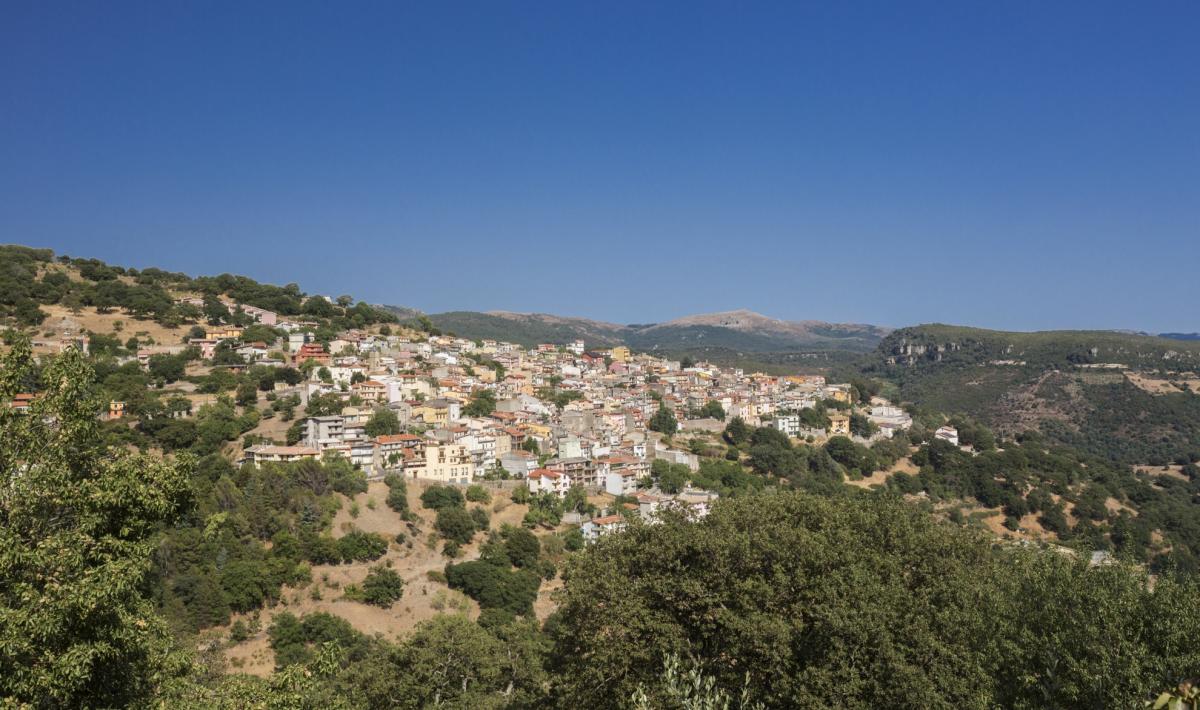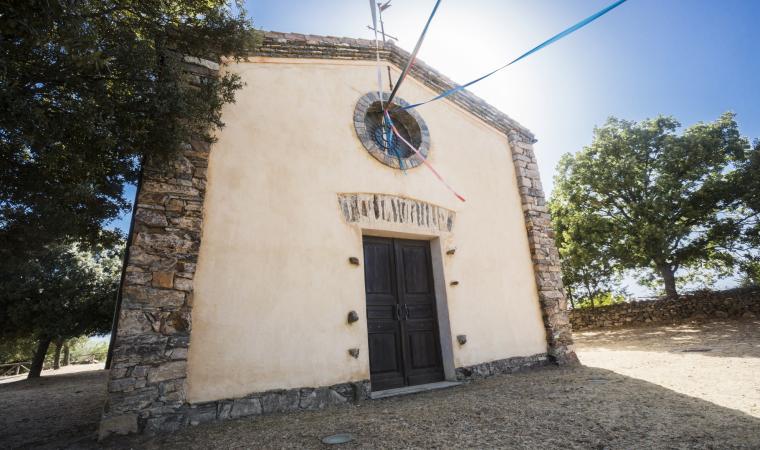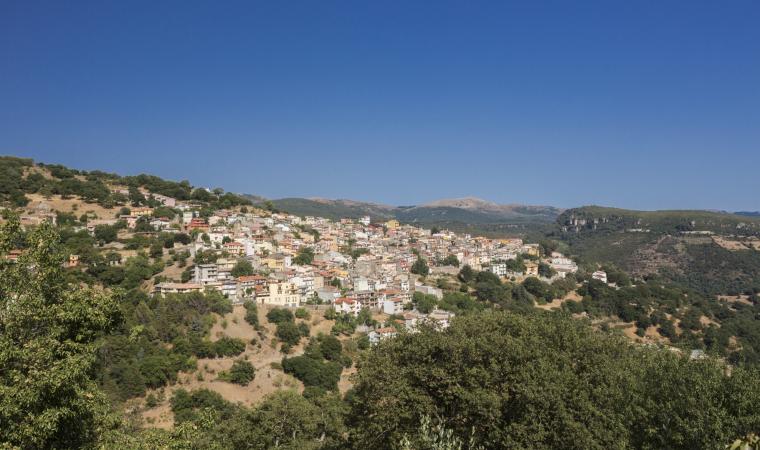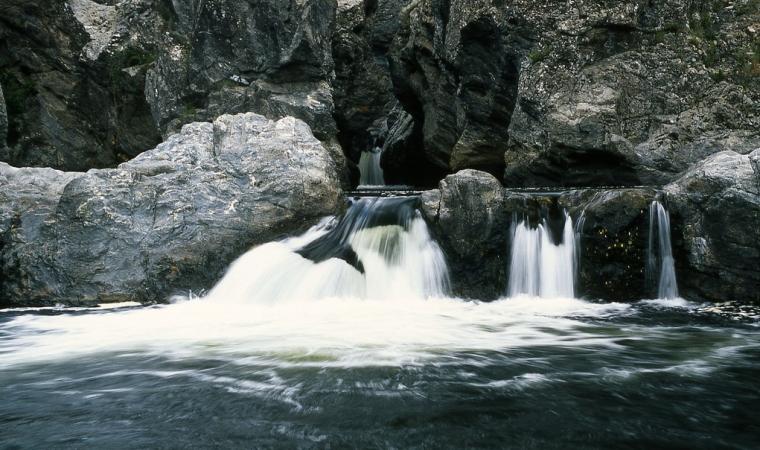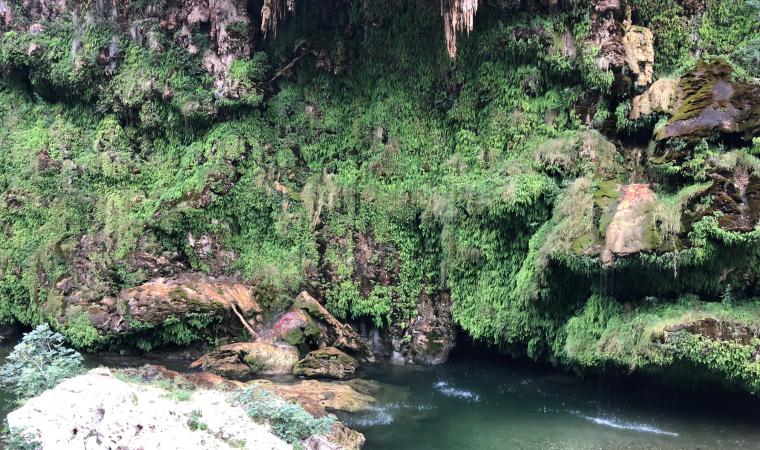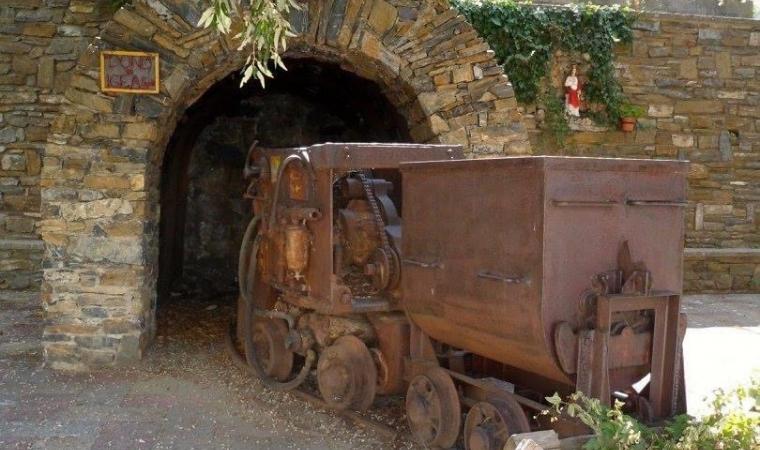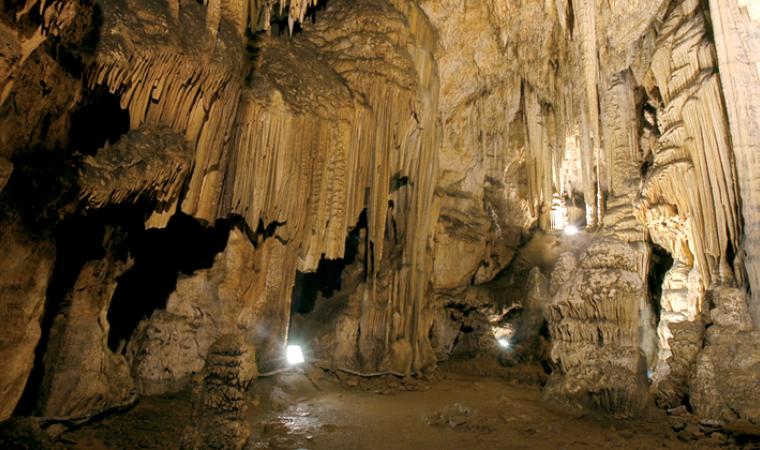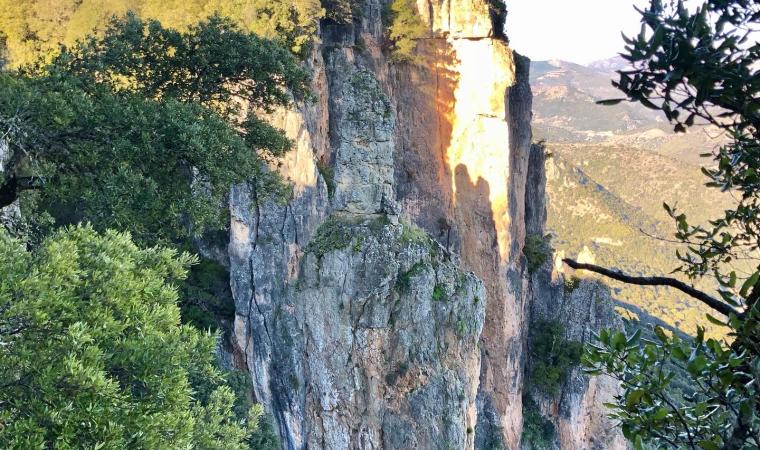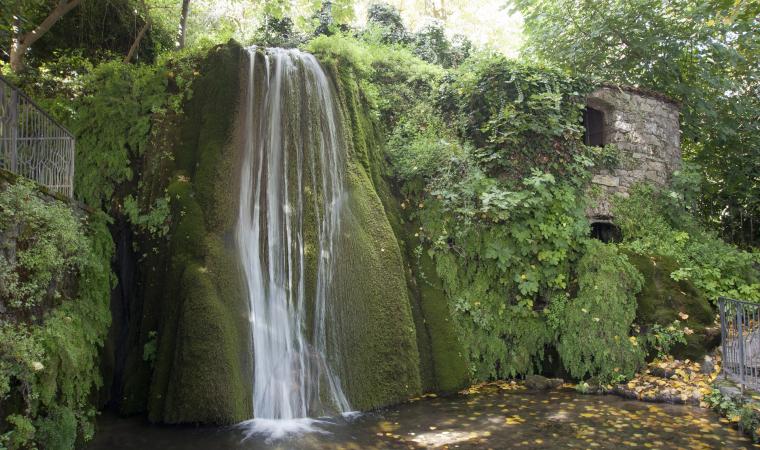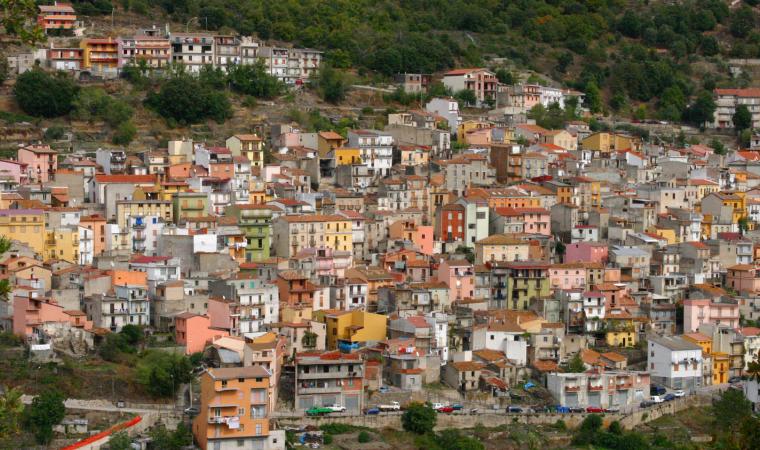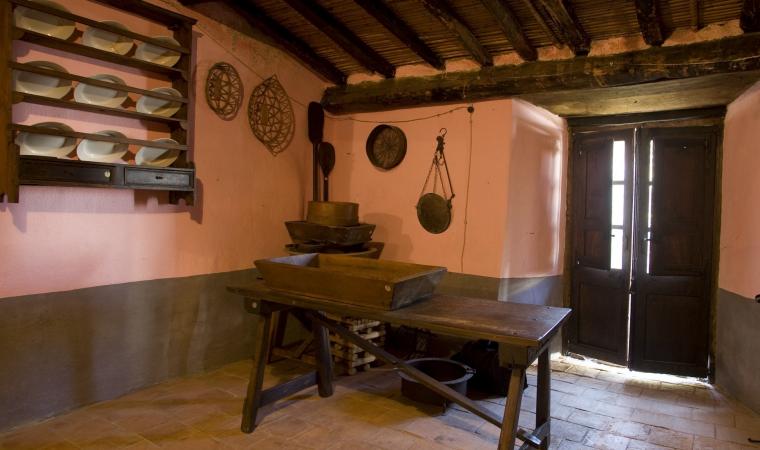A pleasant, welcoming mountain town for which the surrounding territory is named. It is part of Sardinia’s blue zone: one of five areas in the world where lifespans are above average. Between 1996 and 2016 twenty centenarians have been recorded here. Seulo is the main town of the homonymous sub region of Barbagia, located on the border of southern Sardinia and Nuoro. The town, with its roughly 800 inhabitants, stretches at the foot of Monte Perdedu (1400 m), which is separated from Gennargentu massif by the Flumendosa river. If you follow the course of the river, it will take you past deep gorges, valleys covered by holly oaks and Mediterranean shrubs, limestone cliffs, springs, small lakes and rapids. Over the millennia, its waters have carved karstic caves inhabited since prehistoric times in the Addolì Forest. Some examples include Sa Ruta ‘e i Bitulleris and Sa Omu ‘e Janas, with a large hall full of stalagmites and stalactites. The most famous and characteristic spot is Su Stampu ‘e Su Turrunu, on the border with Sadali: a “water landscape” composed of a sinkhole, cave and a spring with a waterfall and small lake.
The Flumendosa also has a lot of drops, which have generated the waterfalls of Piscina ‘e Licona and Sa Stiddiosa, along the border of Gadoni, with water falling in a thick rush in the winter and a calm flow in the summer from plant-covered limestone into polished, rounded schists below. Combined forces of water and wind created S’Arcu ‘e Su Cuaddu, a natural dolmen under which a Domu de Janas was excavated. In order to bring attention to the natural beauty of Seulo, the Ecomuseum of Alto Flumendosa was founded in 2002. Excursions are grouped by theme: Andalas (trails), the most famous excursion, takes visitors to the coves and canyons of the river on August 13.
The town radiates from a 16th century Parish of Beata Vergine. However, the oldest church, the Church of Saints Peter and Paul, whom are honoured in June, is located in the upper part of the town. It is called the town of s’orrosa ‘e padenti, the “peony of the forest”, the main flower of Gennargentu, In the first warm days of spring, it paints the steep slopes of Perdèdu with reds and yellows. In April, a festival dedicated to this flower is held and guided tours to see the flowers are organized. In July, a Festival of Su Casu in Filixi, a unique cheese, is held. The town is also known for its bread and sweets. The cuisine is based on ancient shepherd tradition recipes and contributes to the longevity of the community. There is also a tradition of crafts: carpet weaving and knife making. Celebrations begin mid-January with Saint Anthony’s fires and offerings of wine and sweets. At the end of September, there is the Feast of Saints Cosma and Damiano, held in the country church named in their honour. In June, there is an unusual festival: Sa Tundimenta Seulese, the Sheep Shearing Festival. The area’s enchanting natural beauty safeguards archaeological treasures. Neolithic and Bronze Age walls and towers watch over the town: Domus de Janas, a Giant’s Tomb and some nuraghes, the closest of which are the smaller Su Nuraxeddu and the larger Su Nuraxi ‘e Pauli. The most important site, the Nuragic village of Ticci, stands on a plateau. A common characteristic of pre-nuragic monuments are cult chapels and this area is one of the most touched by this “cup-mark” phenomenon.

